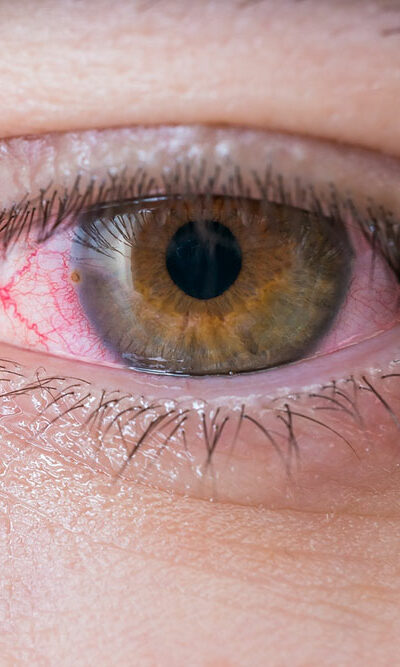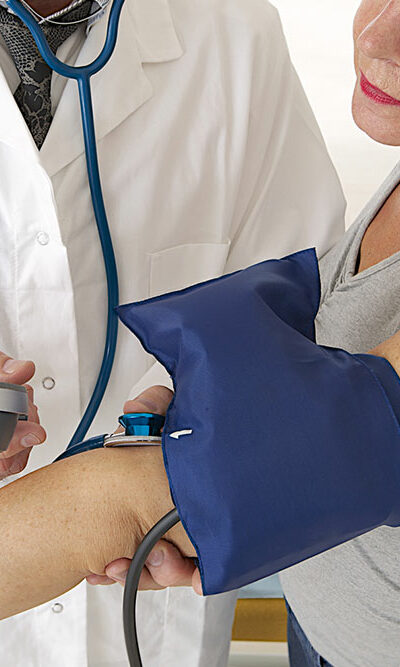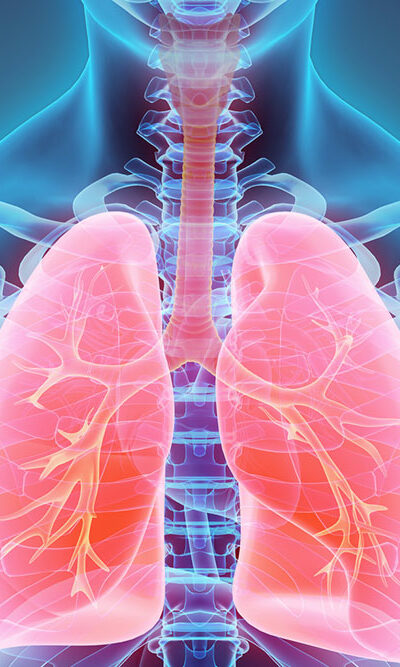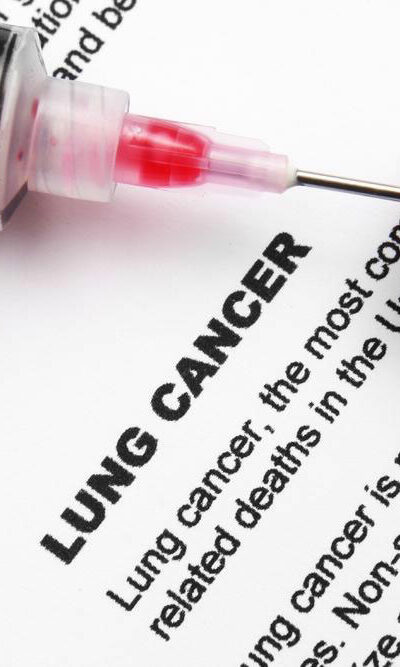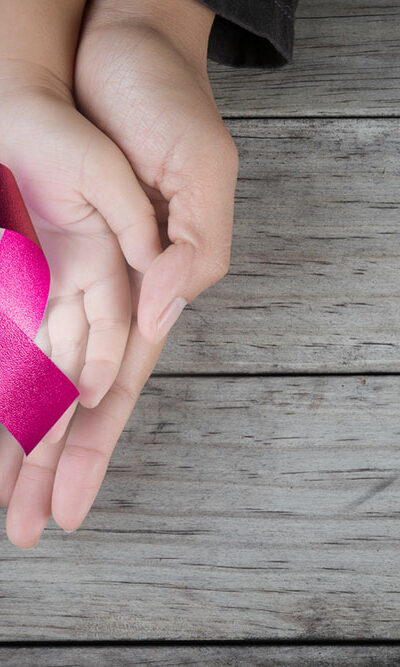
Toenail Fungus – Risk Factors and Treatment Options
A toenail infection occurs due to the excess growth of fungi in, under, or on the nail. Fungi that already exist in or on your body can prompt nail infections. Fungi flourish in moist and warm conditions, and hence, this type of environment can trigger them to overpopulate. Fungal infections also spread if you come in contact with someone else who has a fungal infection. These infections develop over time, and there won’t be any immediate difference in the way your nail looks or feels. Therefore, it may be too subtle to notice at first. What causes toenail fungus infections? Various fungal organisms lead to toenail fungus infections. Yeast and molds can also cause this problem. The most common condition is triggered by a type of fungus called dermatophyte. Toenail fungal infection starts from athlete’s foot (foot fungus) and spreads from one nail to another. Even though most of the causes of a fungal nail infection are preventable, some risk factors increase the possibility of its recurrence. More men face the problem of toenail fungus than women, and also it is observed in adults more often than in children. You are more likely to get it if any of your family members gets these types of fungal infections. Because of the poor circulation and slow nail growth, older adults are at the highest risk of getting fungal infections. Also, as the nail ages, it becomes brittle, and the resulting cracks let the fungi enter the nail. The main risk factors for toenail infections are as follows: People with diabetes or who have diseases that cause poor circulation are prone to develop toenail fungus. People over the age of 65 are more likely to develop a nail infection. People who wear artificial nails or wear closed-toe shoes, such as tennis shoes or boots more often can get toenail infection.
